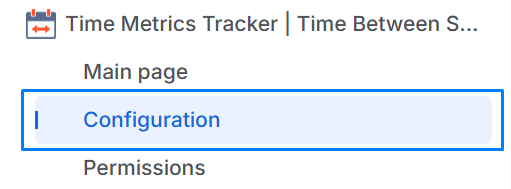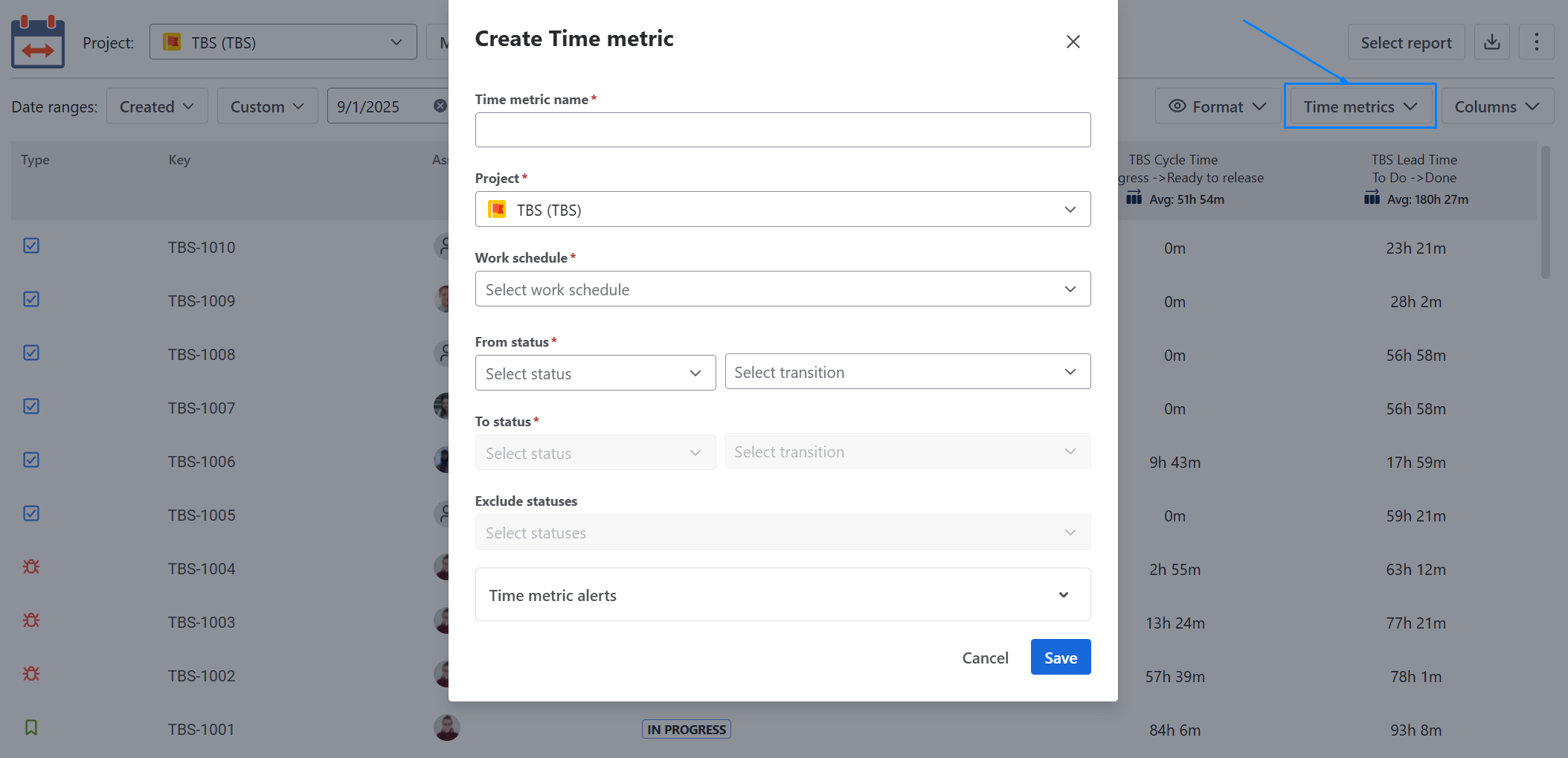Guide to Calculating Lead Time and Cycle Time in Jira
📝 Context: Team with many simultaneous work items to address and no solution to track team performance and working efficiency.
🤔 User Problem: When there are lots of unsolved tasks and plans, it’s extremely hard to control all co-workers and their task performance, isn’t it? So, you need to have an effective process monitoring system to keep the deadline and take everything under the control! That’s why you need to count Cycle and Lead Time regularly! What are Cycle and Lead time? Let’s learn! |
|---|
Before we start, let’s learn what Cycle and Lead time is.
Cycle time is the time from the beginning to the end of a certain action. It is the time during which the work item is marked as "In progress".
Lead time covers a more extended period: from receiving a request for an action (not when work begins) to the moment this action is completed, including the time in the queue.
💡 Solution: Time Between Statuses helps to calculate Cycle and Lead time effectively.
.png?inst-v=eb5303de-a67a-4929-83e6-870eb3174113)
How to configure it?
Add a new Time Metrics
There are two ways to do this:
1 - The first method involves using the Configuration button. This approach is particularly useful for modifying existing Status groups.
To add a new status group, click Configuration — this button can be found in two places:
1️⃣ In the top-right corner of the report screen:
Click the three-dots menu (⋯) and choose Configuration from the dropdown list.

2️⃣ In the left sidebar, directly under the Time Metrics Tracker section of the app — the Configuration item is displayed in the navigation menu.

Click + Time metric

2 - The second way is to create Time Metrics on the grid.
Click the Time Metrics button in the upper-right corner of the table to configure the necessary conditions for calculating a specific time metric.

Time metric name — set a clear title for your metric (e.g., Cycle Time).
Project — choose the Jira project where the metric will be applied.
Work schedule — define when time should count (you can set up your own working hours).
Select the From status and To status to set where the timer starts and stops.
You can also add a specific transition if time should count only after a certain action.
Optionally, choose statuses in Exclude statuses — time won’t be counted while issues stay there.
.png?inst-v=eb5303de-a67a-4929-83e6-870eb3174113)
You can set up Warning and Critical limits for time metrics, optionally.
After the necessary settings, you will be able to view Cycle and Lead time on the time between statuses report.
Additionally, you can customize your Cycle and Lead Time reports by adjusting the app interface fields. Such as:
Type of Project;
Date range;
Time Format;
Multi Calendar (to configure non-working hours and different calendars).
📈 Outcomes: With the app, you can monitor Cycle and Lead time for each work item, identify bottlenecks in your workflow, and track team performance. You can also export the data to Excel or Google Sheets (XLSX or CSV formats) for further analysis or sharing with stakeholders. This way, you can ensure that your team meets deadlines and maintains project flexibility |
|---|
If you need help or want to ask questions, please contact SaaSJet Support or email us at support@saasjet.atlassian.net
Haven't used this app yet? Try it now! >>>